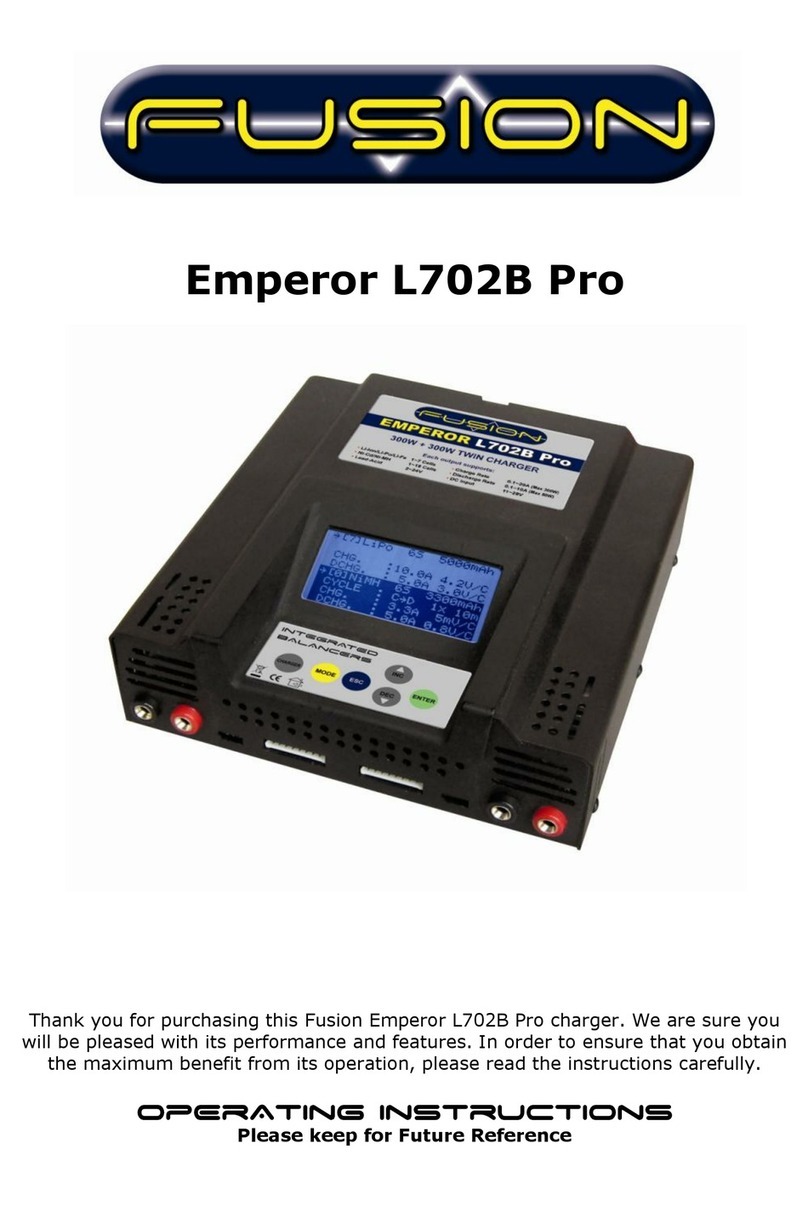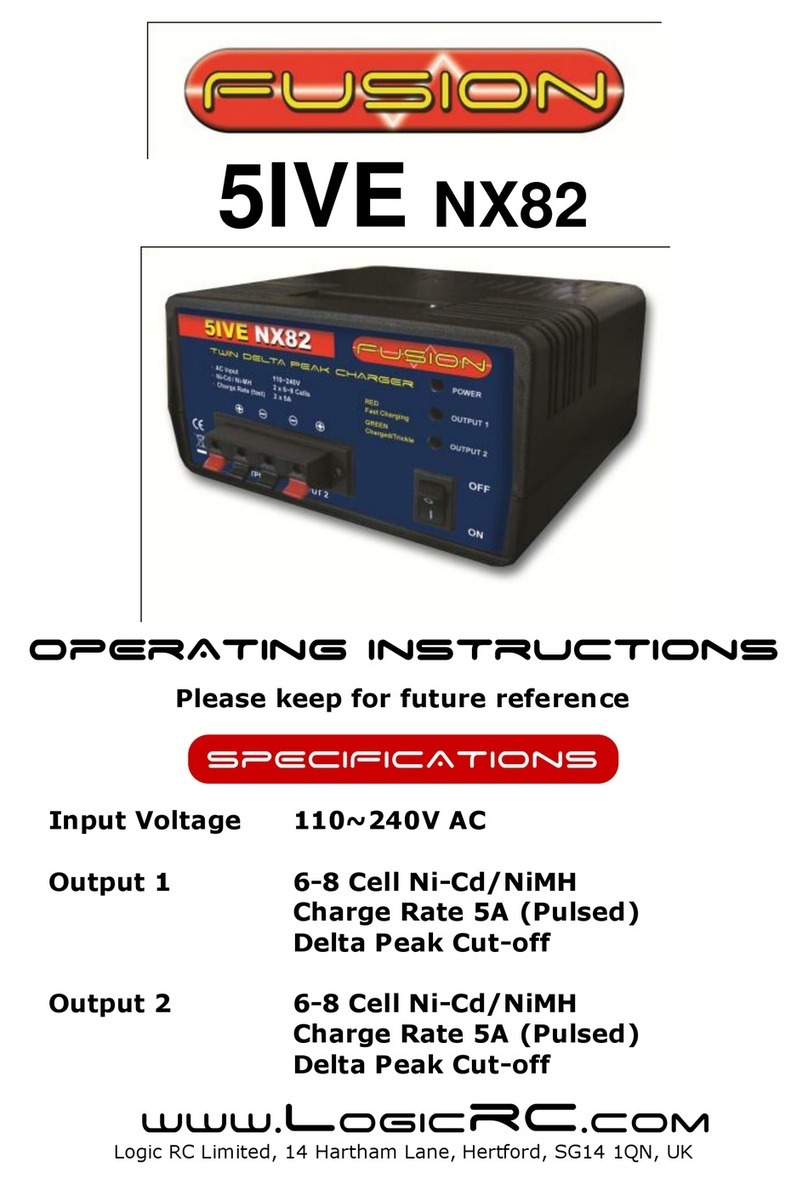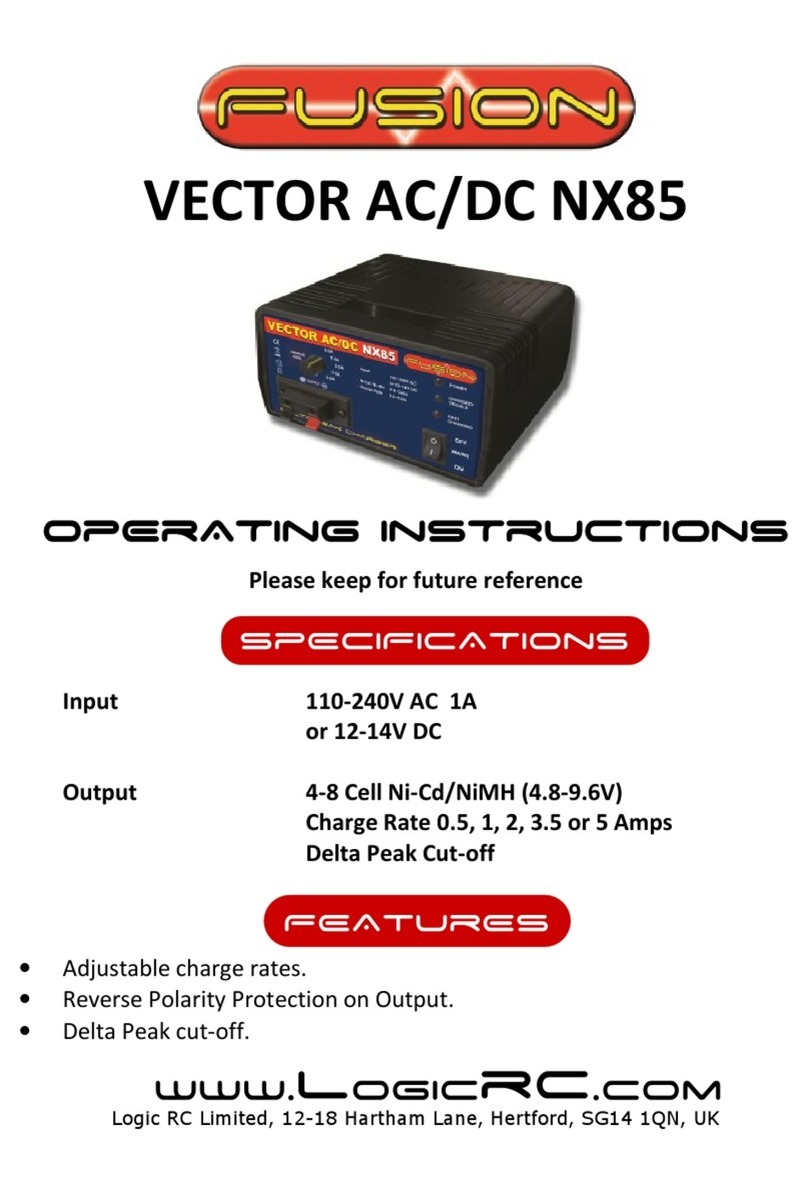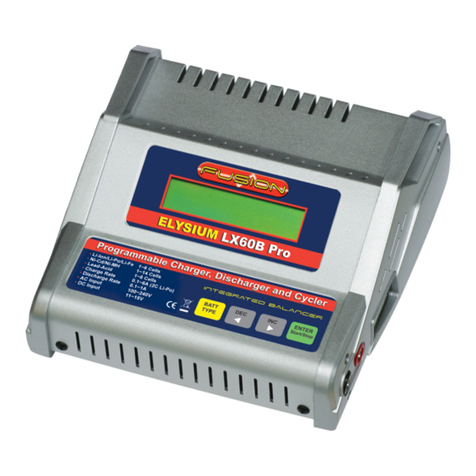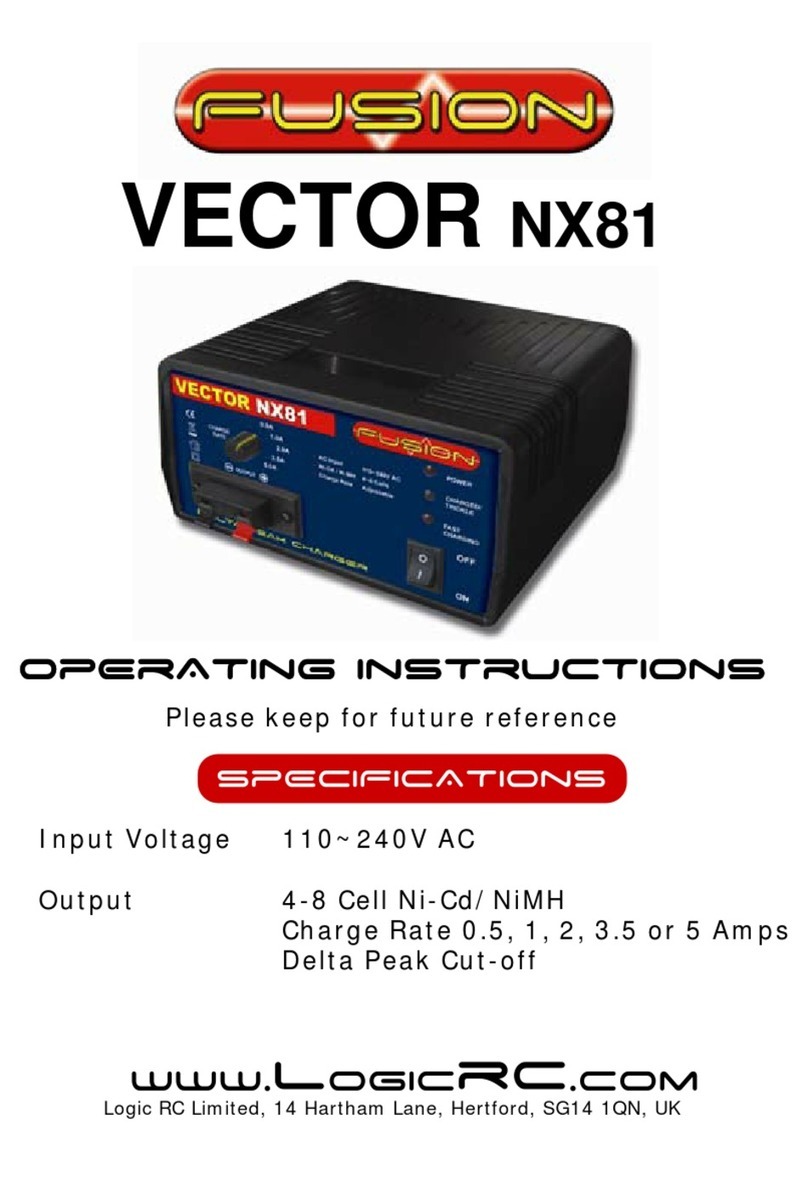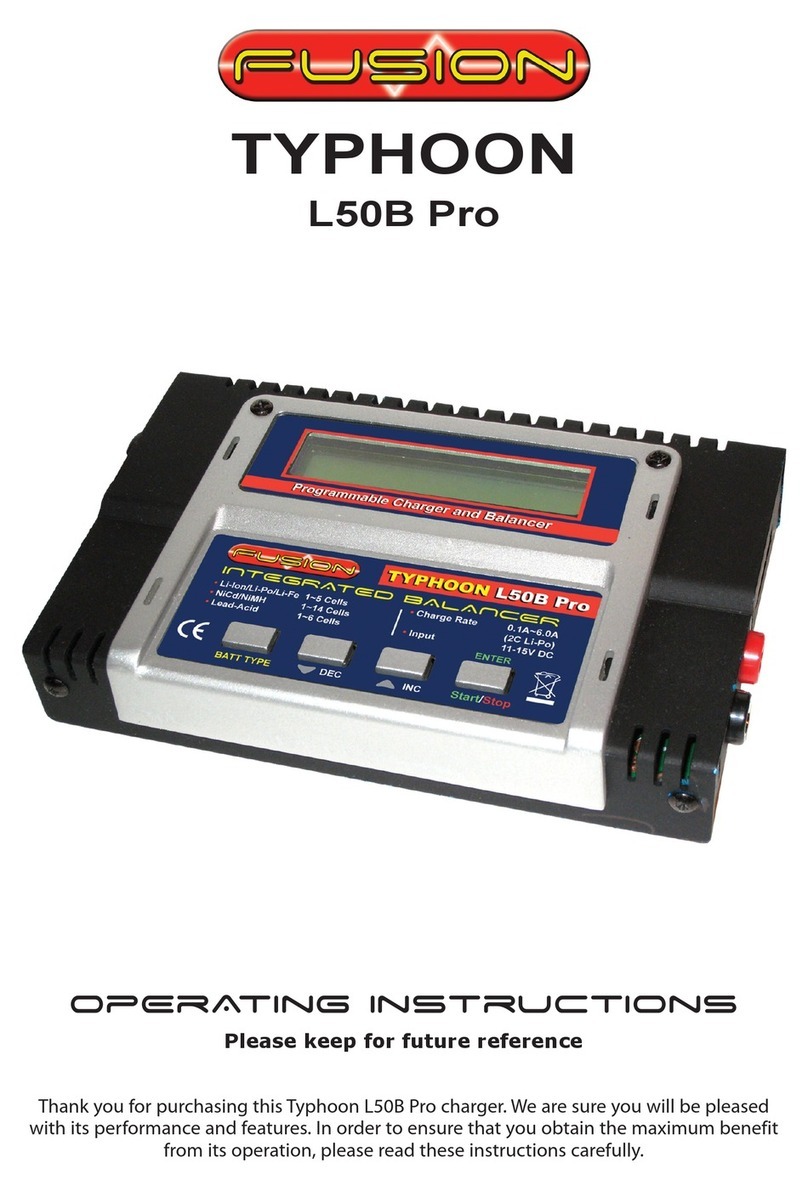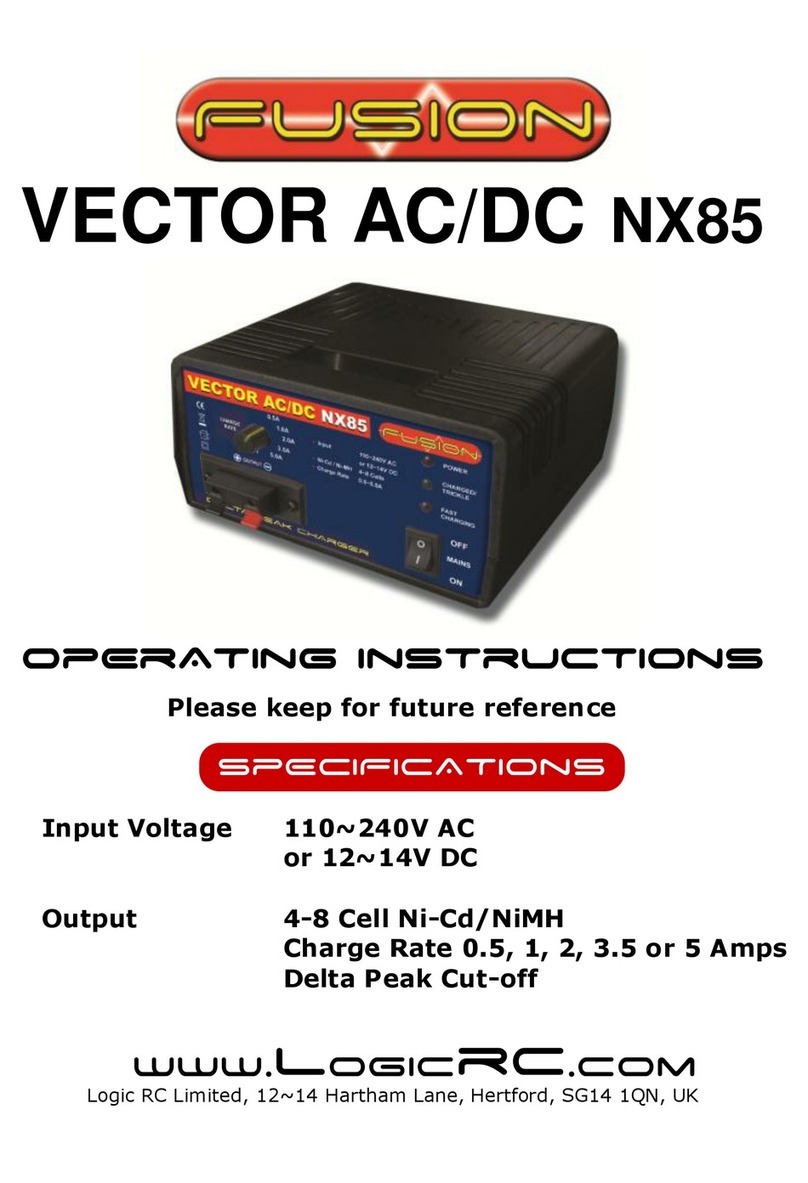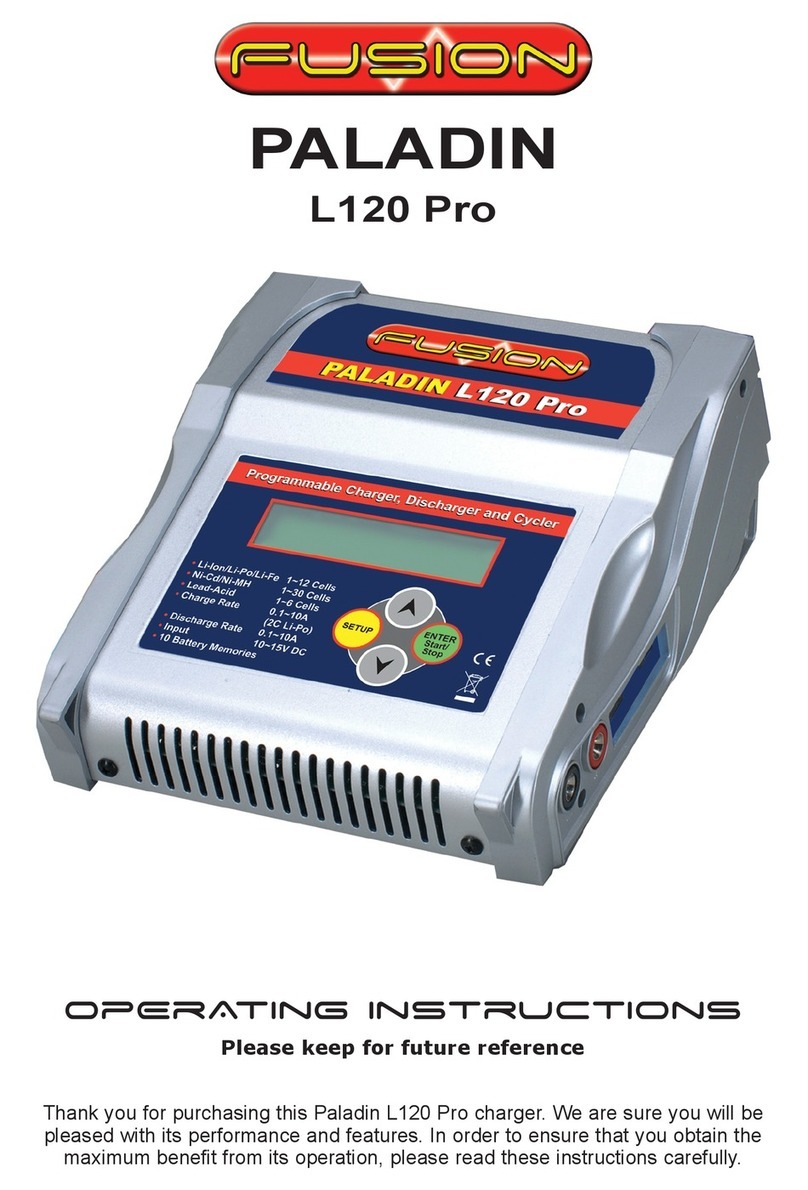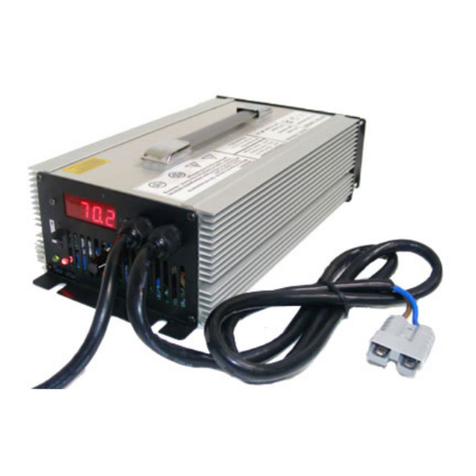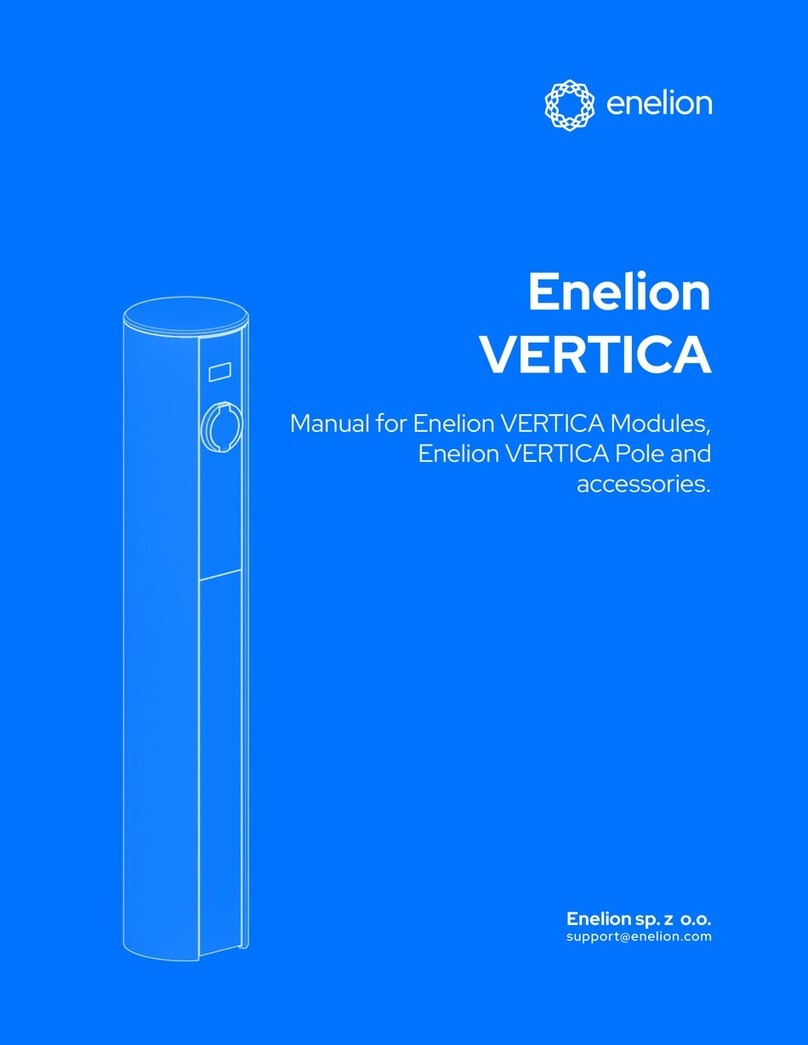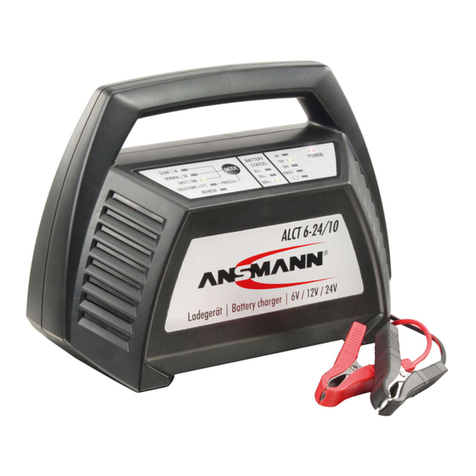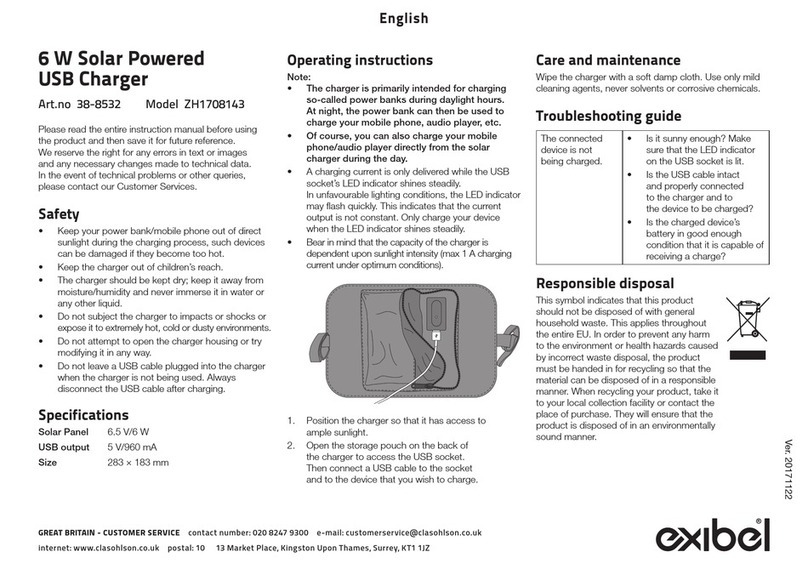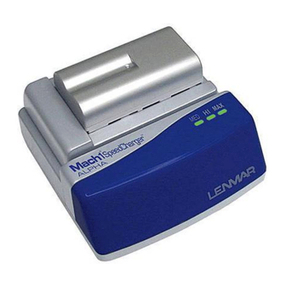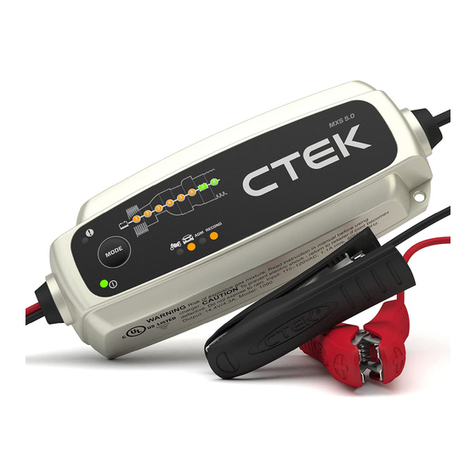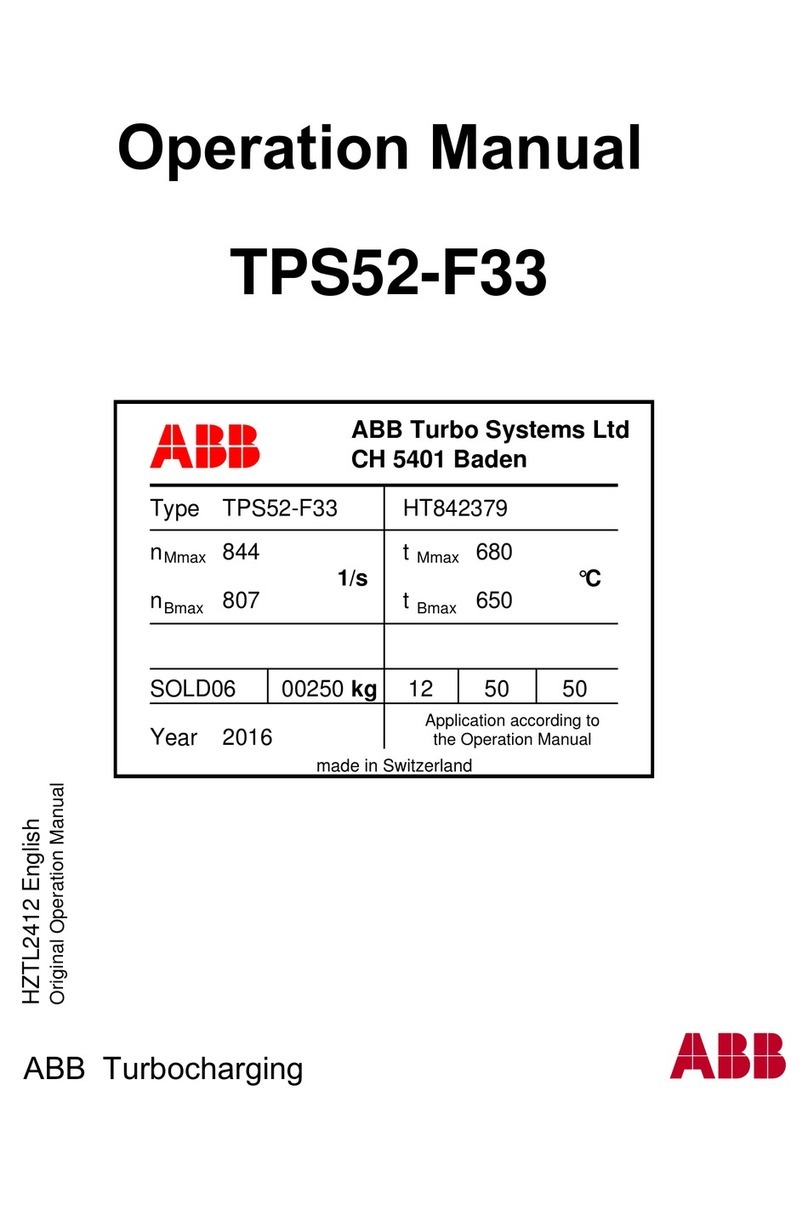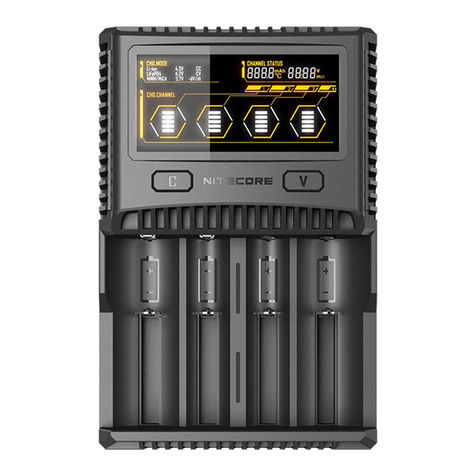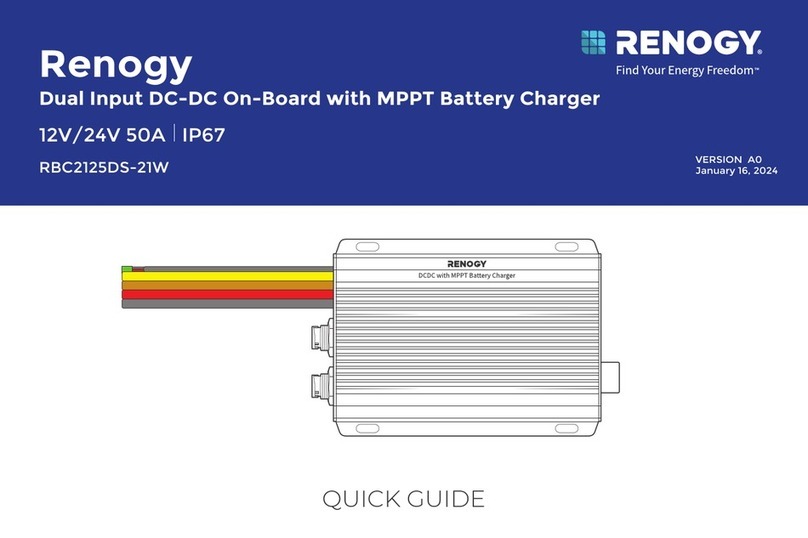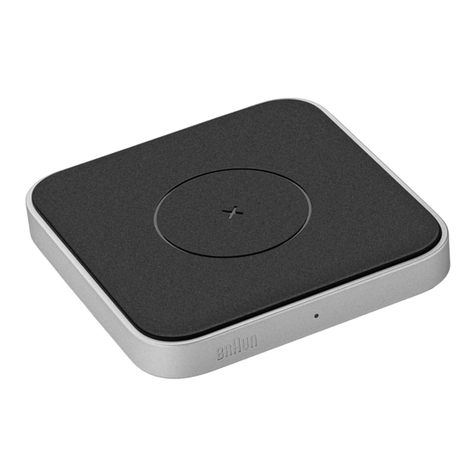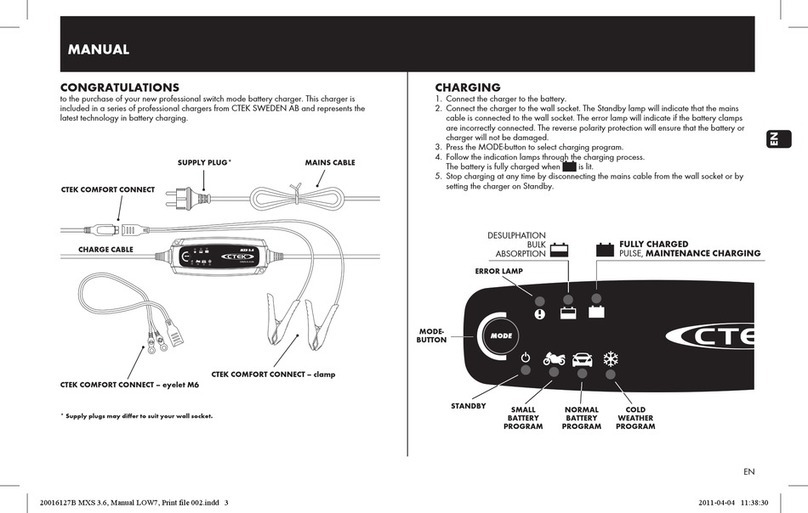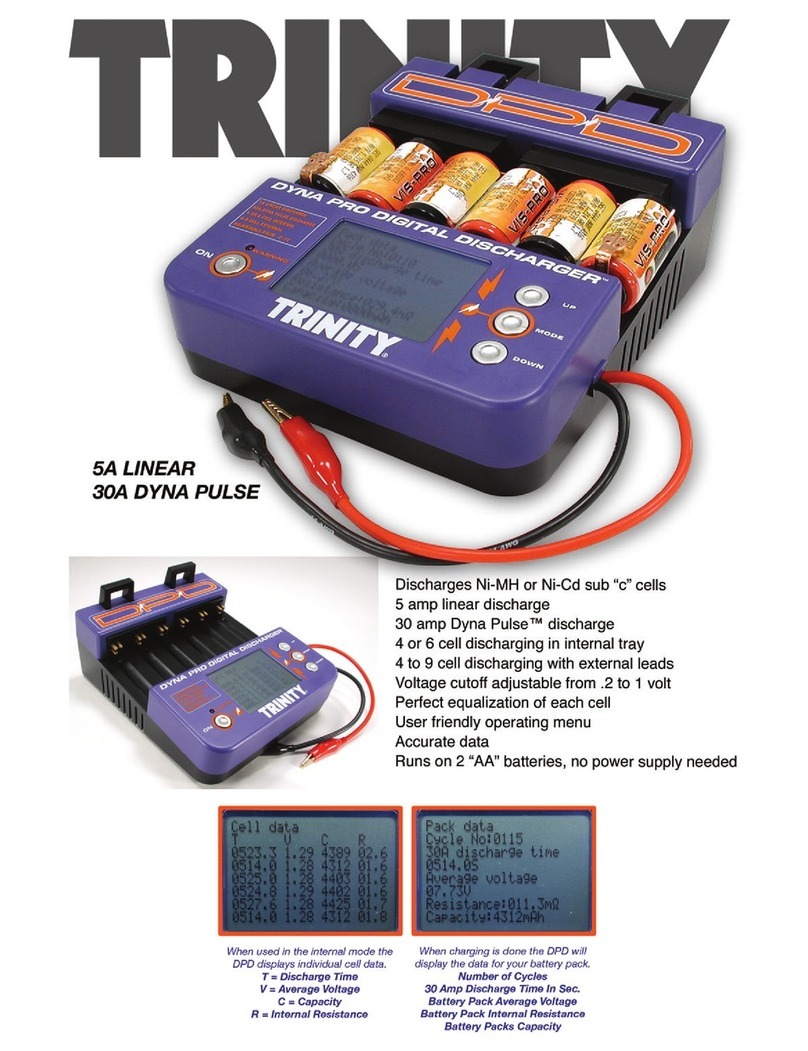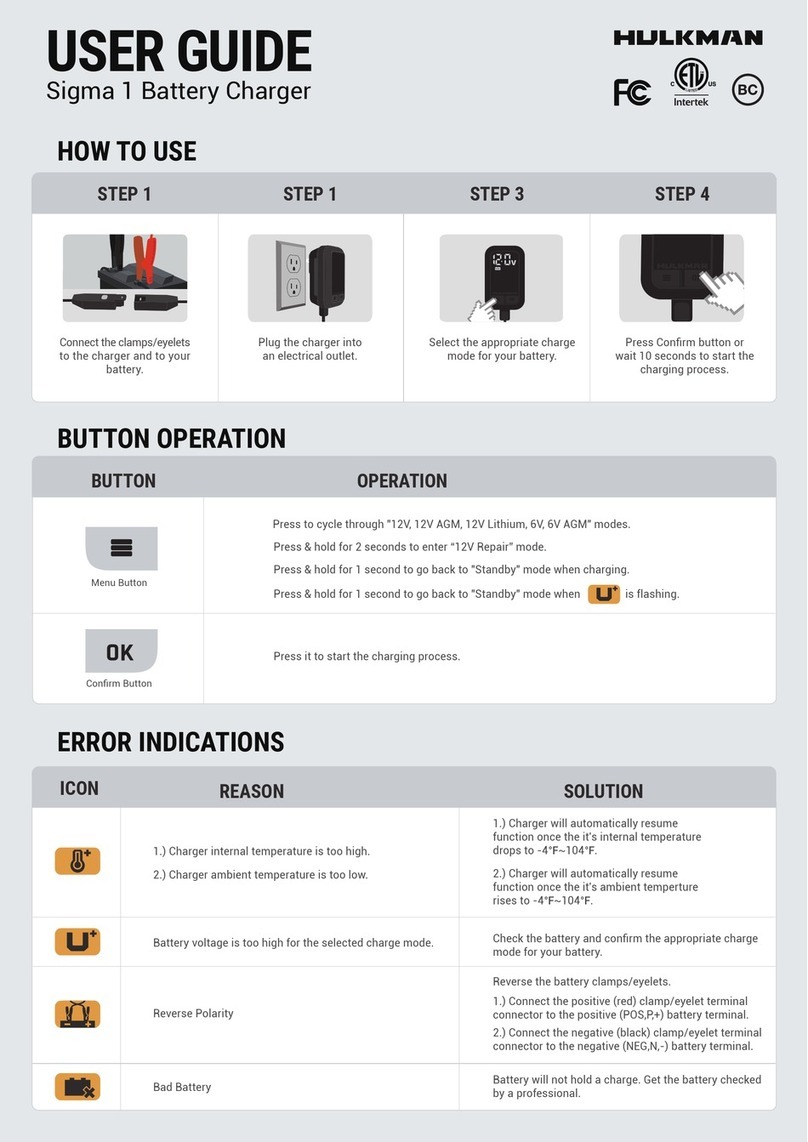
3
Lithium Ion/polymEr BAttEry
SAFEty WArnings
Ensure that the charger and battery are placed on a non-flammable
surface whilst charging and ideally charge outdoors wherever possible.
NEVER charge a Lithium ION/Polymer/Fe battery inside a vehicle whatever
the circumstances.
ALWAYS ensure that the charger is correctly set for the battery being
charged, checking both voltage and capacity. Be particularly careful if using
a series/parallel battery pack, or if using packs of different specifications
with the same charger.
NEVER charge at a rate higher than that recommended by the cell
manufacturer, this can be very dangerous.
DO NOT leave Lithium ION/Polymer/Fe batteries unattended whilst they
are charging. Monitoring the batteries during charging is very important.
ALWAYS monitor the temperature of the battery being charged every few
minutes. If the battery becomes hot to the touch, disconnect it from the
charger immediately and allow to cool. DO NOT recommence charging
until the battery and charger have been checked for compatibility and the
charger settings have been confirmed as being correct.
In the unlikely event of the Lithium ION/Polymer/Fe battery catching fire
DO NOT use water to attempt to put the fire out, instead use sand or a
fire extinguisher designed for electrical fires.
When used correctly, Lithium ION/Polymer/Fe battery packs are as safe
as any other type of rechargeable battery pack. However they do require
different charge regimes to the longer established Nickel Cadmium and
Nickel Metal Hydride technologies and have the potential of catching
fire if severely mistreated.
If Lithium Polymer battery packs are short-circuited or severely
over-charged elemental Lithium may be deposited internally, and if the
battery pouch is damaged this can escape from inside the battery. If this
occurs a fire may be caused, as elemental Lithium is highly reactive
when exposed to water or moisture, producing flammable hydrogen
gas and corrosive fumes. Elemental Lithium is not produced unless the
battery pack is severely mistreated, so in normal usage there is no
likelihood of explosion or fire.
